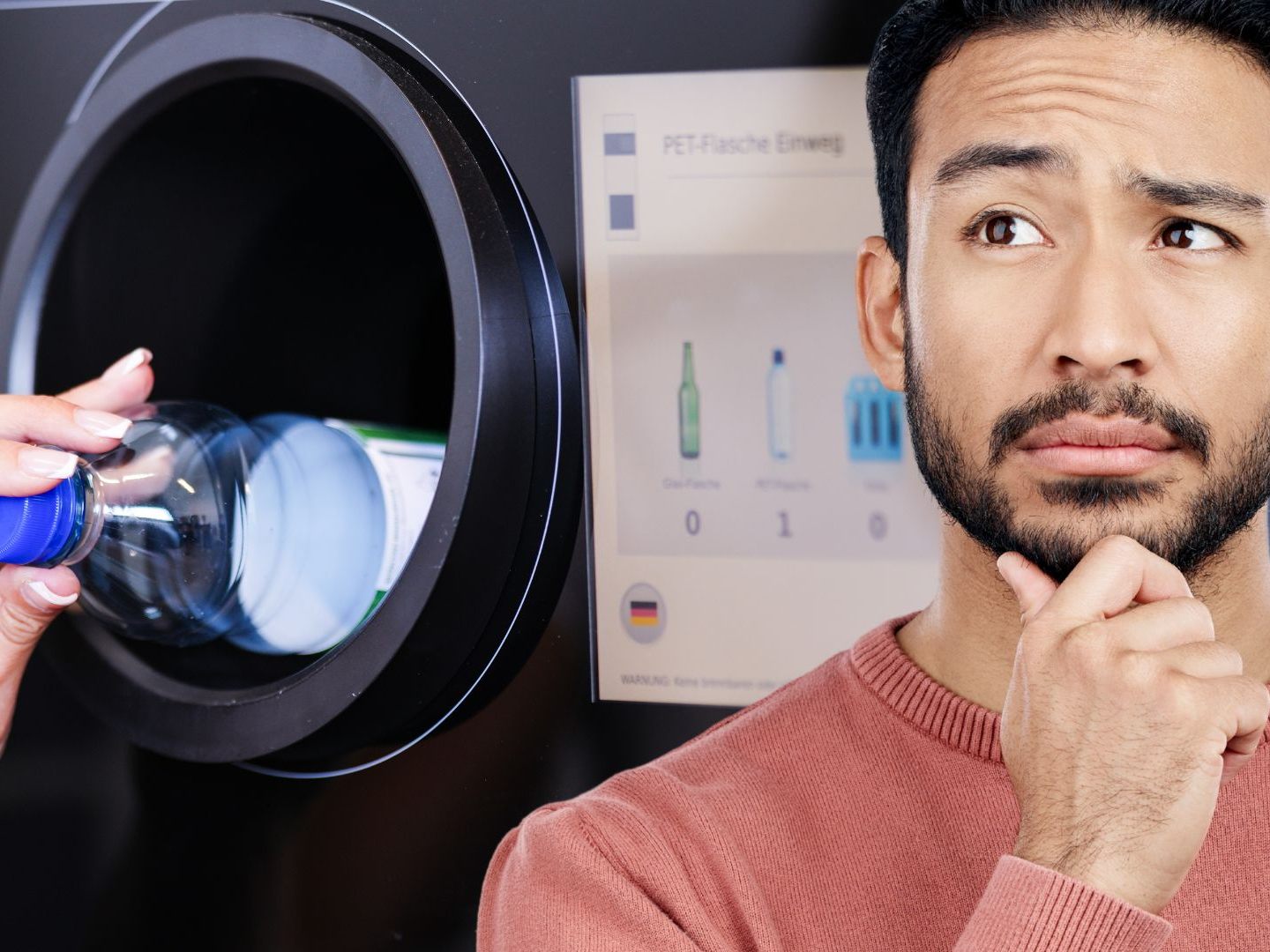Deposit Yes - But How? Reusable Myths Often Spread Among Austrians

Austrians welcome the introduction of the deposit on reusable bottles. In a survey conducted by the market research institute TQS on behalf of Fritz-Kola, 78 percent supported the introduction of the system. At the same time, the survey also revealed significant knowledge gaps. "To encourage more people to use reusable bottles, easily understandable information and clear labeling on the bottles are needed," said Daniela Einsiedler from "Die Umweltberatung".
Younger People with Significant Knowledge Gaps About Deposit System
For example, about one in three people (30 percent) did not know how to recognize reusable bottles. 40 percent also could not correctly answer what happens to the bottles after they are returned. Almost a third (28 percent) believed that glass bottles are melted down or stored and then recycled. The knowledge gap is particularly noticeable among 16 to 29-year-olds: only 47 percent of this age group knew that glass reusable bottles are refilled.
"Reusable is a prime example of a living circular economy. To encourage more people to use reusable bottles, easily understandable information and clear labeling on the bottles are needed. This helps people consciously choose reusable bottles. Uniform bottle shapes make handling easier for everyone involved - whether in production, purchasing, or return. The more bottles are managed in the reusable system, the better for the environment," explained Einsiedler, an expert in circular economy.
Deposit Amount as Incentive for Return
Despite knowledge gaps, the changes in the deposit system are having an effect: 81 percent of respondents stated that they have been returning reusable bottles, PET bottles, and cans more frequently since the beginning of 2025. 78 percent rated the uniform deposit of 20 cents as sensible and understandable. The amount of the deposit also plays a crucial role: for more than half of the respondents (56 percent), it had a high to very high influence on the return of reusable bottles. This effect is particularly strong among 16 to 29-year-olds, 67 percent of whom say that the deposit amount significantly influences their willingness to return.
Ensuring Sustainability Through Return
"The current deposit values have not reflected the (replacement) value of a bottle for some time and would have been decoupled from the newly introduced single-use deposit. The latter, in particular, would lead to more and more reusable bottles being left behind. In general, higher deposit rates contribute to ensuring that empty bottles are consistently returned to the reusable cycle. This is essential for producers, but above all for a sustainable and resource-conserving circular economy," said Fritz-Kola CEO Florian Weins.
(APA/Red)
This article has been automatically translated, read the original article here.





